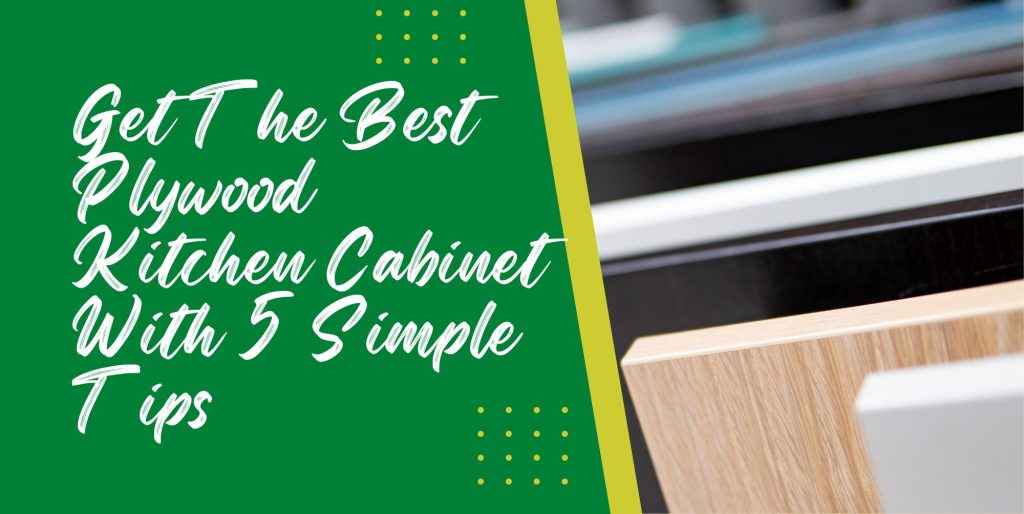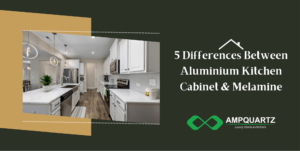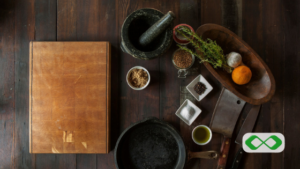Wooden cabinets are a kitchen classic, but when it comes to choosing the right material, you have options! Let’s explore why plywood might be the perfect fit for your dream kitchen.
Solid Wood: Not Always the Golden Standard
Solid wood sounds fancy, but it can be:
- Pricey: Be prepared to shell out more for solid wood cabinets.
- High Maintenance: Solid wood requires constant care to keep it looking its best.
- Prone to Cracking: Solid wood can develop cracks over time, especially with changes in humidity.
Plywood: The Durable and Versatile Contender
Plywood offers several advantages over solid wood:
- Strong and Stable: Made from multiple wood layers, plywood is less likely to crack or warp.
- Smooth Finish: Plywood provides a beautiful, smooth surface that’s a dream to paint or stain.
- Cost-Effective: Plywood offers excellent value for your money, lasting for years to come.
Choosing the Perfect Plywood:
Don’t worry, navigating the world of plywood won’t leave you feeling lost! Here, we’ll delve into the different grades of plywood and help you select the best one for your stunning and durable kitchen cabinets. Stay tuned for our next article!
Understand Plywood Grade
Video Credit: Cal State LA A&L Productions
So, you’ve chosen plywood for your kitchen cabinets – a wise decision! But with different grades available, navigating the options can feel overwhelming. Fear not, intrepid renovator! We’re here to shed light on the four main plywood grades:
A Grade: The Picture-Perfect Choice
- Imagine a flawlessly smooth, sanded surface. That’s A-grade plywood! Any minor imperfections are expertly repaired, making it the premium pick for furniture and stunning kitchen cabinet doors. (Think of it as the A-lister of plywood!)
B Grade: Still Beautiful, But with a Bit of Character
- B-grade also boasts a smooth, sanded surface, but imperfections like knots can be up to an inch long. These imperfections, however, can sometimes add a touch of rustic charm. Just be sure to repair them before using the plywood.
C Grade: The Workhorse Option
- C-grade plywood is all about functionality. It’s unsanded and has more noticeable defects like knots (up to 1 ½ inches) and discoloration. While not ideal for aesthetics, it’s a cost-effective choice for hidden areas like garages or subfloors.
D Grade: The Budget Champion (But with Trade-Offs)
- Looking for the most affordable option? D-grade is your pick. Remember, though, it’s unsanded with uncorrected defects and discoloration. It’s best suited for projects where appearance isn’t a major concern.
The best grade for your kitchen cabinets depends on your budget and desired look. A-grade offers a flawless finish, while C-grade prioritizes functionality at a lower cost. Choose the grade that best suits your needs and get ready to create those dream kitchen cabinets!
Best Plywood Kitchen Cabinet #1- Flatness
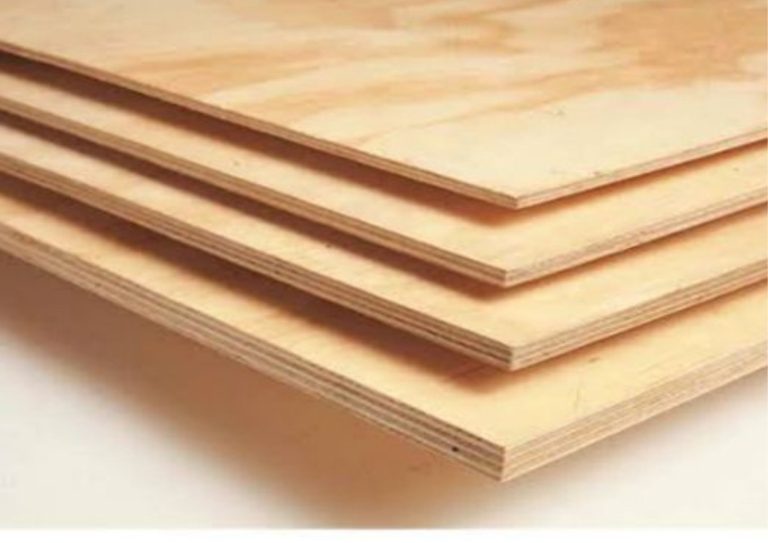
Choosing plywood for your kitchen cabinets? Flatness is key! Here’s why warped wood can wreak havoc on your dream kitchen:
- Mission: Impossible Assembly: Uneven plywood makes installation a nightmare. Cabinet doors won’t align properly, and uneven floors can lead to safety hazards.
- The Curve Nobody Wants: While rare, warped plywood can cause major headaches. Imagine wavy cabinet doors or uneven countertops – not exactly the sleek look you’re going for!
- The 95% Flatness Rule: Aim for plywood that’s at least 95% flat. This ensures a smooth, seamless installation and avoids future problems.
The Takeaway: Skip the stress and go for flat! Choosing high-quality, flat plywood is an investment that will pay off in a beautifully functional and long-lasting kitchen.
Best Plywood Kitchen Cabinet #2- Check The Edges

Inspecting plywood edges might not sound thrilling, but it’s a crucial step for creating stunning kitchen cabinets! Here’s why:
Edge Appeal: Thickness Matters!
- Thin Plywood = Big Problems: Thin edges are a nightmare to sand and polish. This can lead to uneven surfaces and exposed holes – not the polished look you desire.
- Thick Plywood = Happy Dance: Opt for thicker edges! They’re easier to work with, ensuring a smooth finish and concealing any imperfections.
Beyond Thickness: Look for a Flawless Core
- Knots and Voids: The Enemy of Edges: Visible knots or voids in the plywood core can become even more prominent during sanding. Avoid them for a flawless final product.
- Thicker Core = Stronger Cabinets: A thicker core not only creates perfect edges but also contributes to the overall sturdiness of your cabinets.
When choosing plywood, consider both edge thickness and core quality. These factors will significantly impact the ease of construction, the aesthetics of your finished cabinets, and the overall durability of your dream kitchen.
Best Plywood Kitchen Cabinet #3- Watch Out For Damage
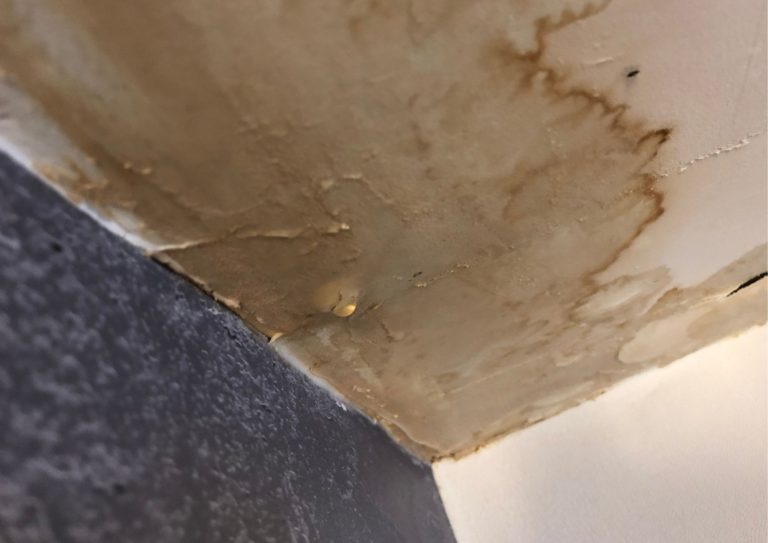
So you’ve chosen the perfect plywood for your kitchen cabinets – awesome! But even superheroes need a little TLC. Here’s how to keep your plywood cabinets looking their best:
Eagle Eyes for Damage:
Plywood might be tough, but it’s not invincible. Keep an eye out for:
- Scratches and Blisters: These minor annoyances can be repaired, but it’s best to avoid them altogether by using cutting boards and being mindful during installation.
Water Woes:
The kitchen is a water zone, so be mindful:
- Water Damage: This can wreak havoc on plywood edges, potentially requiring replacement. Prevent it with proper sealing and by mopping up spills promptly.
Major Damage? Time for a Replacement:
Sometimes, damage is too extensive to repair. If your plywood has significant issues, replacing it is the best course of action.
A little vigilance goes a long way! By keeping an eye out for potential problems, you can ensure your beautiful plywood kitchen cabinets last for years to come.
Best Plywood Kitchen Cabinet #4- Check Face Veneers

Plywood – it’s more than just a flat piece of wood! Let’s peek inside and discover the secret layers that make it perfect for your kitchen cabinets:
The Face You See: The Power of Veneer
Imagine a thin sheet of beautiful wood (or even a fancy material like marble!) adhered to the plywood core. That’s the veneer, the layer responsible for the stunning visual appeal of your cabinets.
Building Strength: Layers Working Together
But the veneer isn’t just for show! Plywood is actually made of multiple thin layers of wood glued together. These layers, often called veneers too, are like a team, working together to create a strong and stable core for your cabinets.
Beauty Runs Deep: Exploring the Back Veneer
Don’t underestimate the back veneer! While the face veneer takes center stage, the back veneer can sometimes offer surprising beauty with natural color variations.
The Perfect Thickness: Striking the Balance
The face veneer typically comes in a standard thickness of about one-eighth inch. This sweet spot allows it to:
- Conceal the Resin: Say goodbye to unsightly glue! The veneer effectively hides the resin used to bond the plywood layers.
- Create a Smooth Canvas: The veneer provides a flawless surface, perfect for painting, staining, or showcasing the natural wood beauty.
- Cutting Edge Options: Face veneers come in two main styles: rotary cut (offering a swirly, organic pattern) and plain sliced (showcasing the wood’s straight grain).
Best Plywood Kitchen Cabinet #5- Curve For Kitchen Cabinet

Kitchen cabinets come in all shapes and sizes, from classic box styles to the trendy bow-front and curved designs. But how do you achieve those smooth, seamless curves? Enter the hero – bent plywood!
Bending the Rules (the Right Way):
- Creating a Cohesive Look: Bent plywood allows you to achieve a stunning, unified aesthetic in your kitchen cabinets. Say goodbye to sharp corners and hello to flowing curves!
Choosing the Right Ply for the Curve:
- Bendable Beauty: Not all plywood is created equal. For curved cabinets, you need plywood that can bend to your desired shape without compromising its strength. Look for plywood with thinner plies for maximum flexibility.
Short or Long, You’ve Got Options:
The magic of bent plywood lies in its versatility:
- Radius Options: You can choose plywood that bends in either the short grain or long grain direction, depending on your design needs.
- Freedom to Finish: Bent plywood typically comes unfaced and unbacked , giving you complete creative freedom to laminate or veneer it to match your kitchen’s style.
- Size it Up: Panels come in two standard sizes – 4×8 cross grain or 8×4 long grain. This allows you to determine the final curve size and length that perfectly complements your cabinetry vision.

